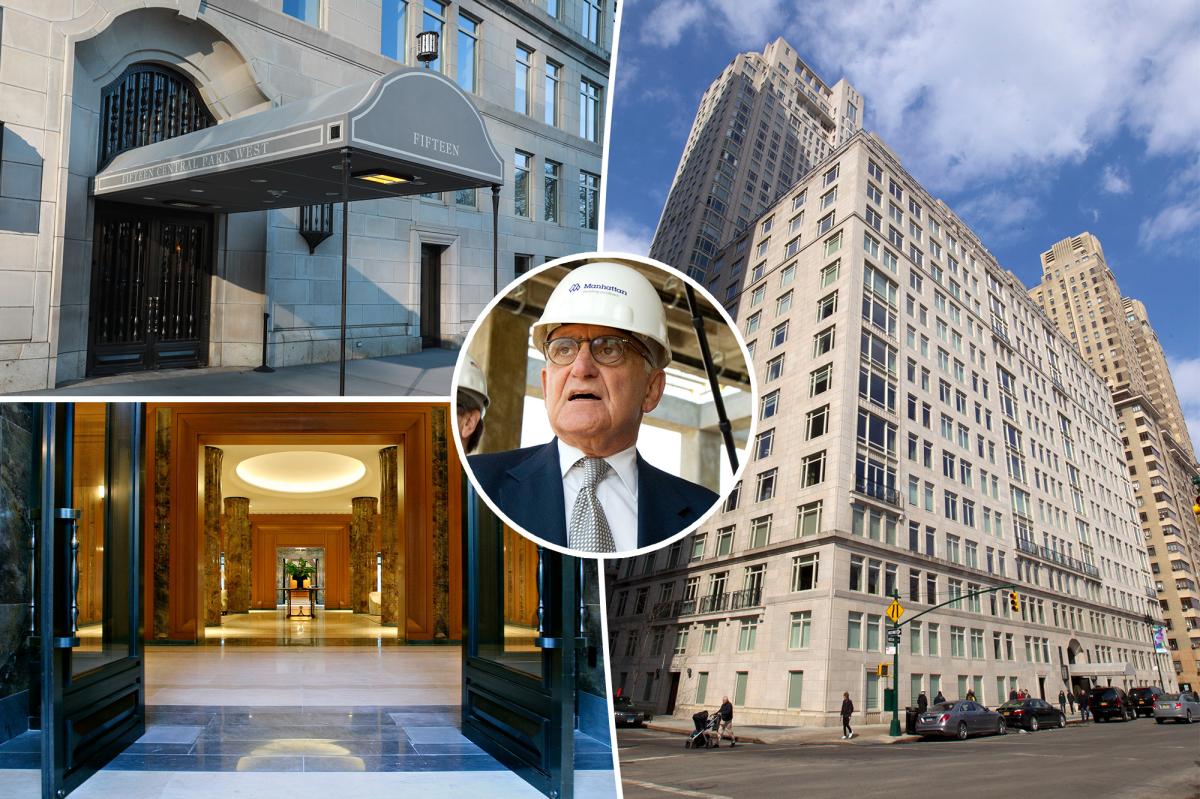T
he uncertainty surrounding tariffs imposed by the federal government is affecting businesses on Long Island, particularly in the industrial real estate market. Mario Asaro, president of Industry One Realty Corp., says that companies are hesitant to make long-term decisions due to the unknown impact of tariffs. This has led to a significant drop in demand for industrial space, with just 440,930 square feet leased in the second quarter, a 16% decrease from the previous quarter.
However, not all brokers agree that tariffs are the primary driver of this slowdown. David Pennetta, executive managing director of Cushman & Wakefield of Long Island, says that demand for Long Island industrial space has remained resilient despite higher tariffs and economic uncertainty. Doug Omstrom, executive vice president for the Northeast Industrial Region at JLL, also notes that most companies are continuing their expansion plans, although some have taken a wait-and-see approach.
The looming threat of tariffs may still threaten long-term industrial growth, as it introduces risk into supply chain planning and operating cost projections. This could lead to tenants pausing on long-term lease commitments or reducing their size requirements. Pennetta believes that the consequences of this will soon be felt, with businesses rethinking negotiations on lease terms.
Asaro notes that many manufacturers who rely on products from China have had to change their strategies due to the uncertainty surrounding tariffs. He suggests that a more decisive application of tariffs would have been preferred by business owners. While some brokers believe that the pullbacks occurred before the tariff wars, Pennetta predicts that the tariffs will change the type of activity in the market, with pressure on construction pricing and potentially slowing speculative development.
Despite this, Pennetta believes that the industrial policy changes could bring businesses back to Long Island in the long term, leading to a reshoring of light manufacturing. Developers will continue to favor projects with high clear heights and flexible loading configurations, attracting a wider mix of tenants.













